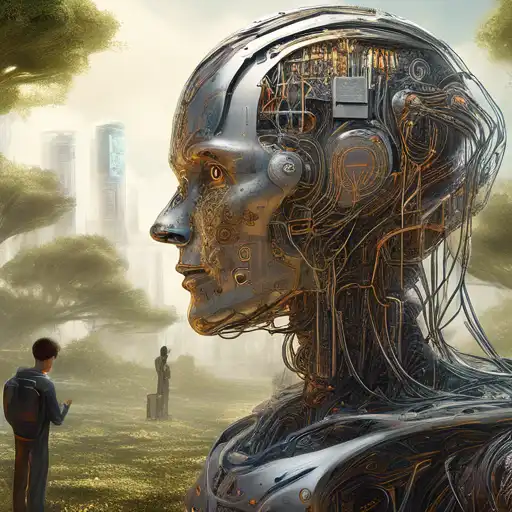Introduction to Natural Language Processing
Natural Language Processing (NLP) stands at the intersection of computer science, artificial intelligence, and linguistics. It enables machines to understand, interpret, and generate human language in a way that is both meaningful and useful. This technology powers a wide range of applications, from virtual assistants to translation services, making it a cornerstone of modern AI.
How Machines Process Human Language
At its core, NLP involves several key steps: tokenization, part-of-speech tagging, named entity recognition, and sentiment analysis. These processes allow machines to break down and analyze the structure and meaning of text or speech. For a deeper dive into how these components work together, check out our AI Basics guide.
The Role of Machine Learning in NLP
Machine learning algorithms play a pivotal role in NLP by enabling systems to learn from data. Through techniques like supervised learning, unsupervised learning, and reinforcement learning, machines can improve their language comprehension over time. This adaptability is what makes NLP technologies like chatbots and voice recognition systems increasingly accurate and reliable.
Challenges in Natural Language Processing
Despite its advancements, NLP faces several challenges, including understanding context, sarcasm, and idiomatic expressions. These nuances of human language are difficult for machines to grasp, highlighting the complexity of creating truly intelligent systems. However, ongoing research and development continue to push the boundaries of what's possible.
Applications of NLP in Today's World
NLP has found applications in various sectors, including healthcare, finance, and customer service. From diagnosing diseases based on patient notes to automating customer support, the potential uses of NLP are vast and varied. Explore more about AI applications in different industries.
Future Directions of NLP
The future of NLP is promising, with advancements in deep learning and neural networks paving the way for more sophisticated language models. These developments could lead to machines that understand human language as fluently as humans do, opening up new possibilities for interaction and automation.
Conclusion
Natural Language Processing is a fascinating field that bridges human communication and machine understanding. As technology evolves, so too will the capabilities of NLP, offering exciting opportunities for innovation and improvement in how machines understand us.
